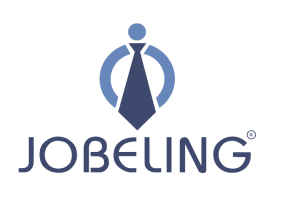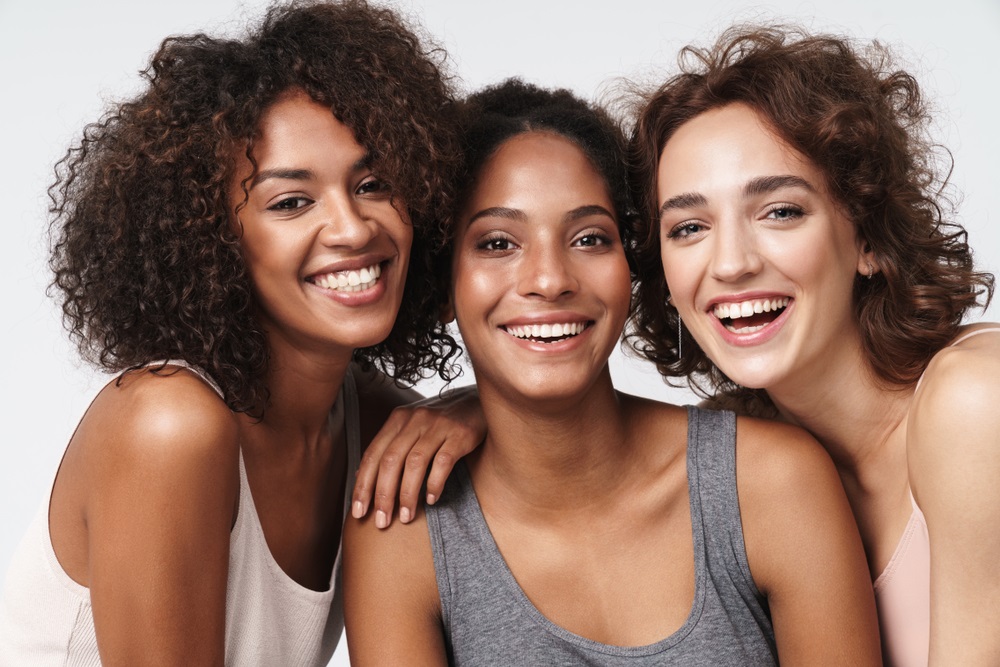
Many people think that modeling is a glamorous career. But, as with most things in life, the reality of being a professional model is a bit more complicated than that. There are several different types of modeling jobs, each with unique requirements and challenges. So, what exactly does it take to break into this exciting industry? Let’s take a closer look at some common types of modeling jobs in this blog post by Jobeling.
Contents
Fashion Modeling
Fashion modeling is the art of being photographed for a commercial purpose. The job of a fashion model is to promote clothing, accessories, and cosmetics on runways and in print advertisements. Fashion models are usually tall and thin, but no specific height or weight requirements exist.
Fashion models must be able to walk down the runway gracefully while wearing high heels without tripping over themselves or falling off the stage! They must also have good posture to appear taller than they are when standing next to other models who may be shorter than them (or taller).
Fashion models generally work full-time during peak seasons (fall/winter) but do not work during non-peak seasons such as spring/summer, when fewer people buy new clothes because it’s still warm outside, so why would anyone want new outfits?
Commercial Modeling
One kind of modeling that is used to advertise a company or product is called commercial modeling.
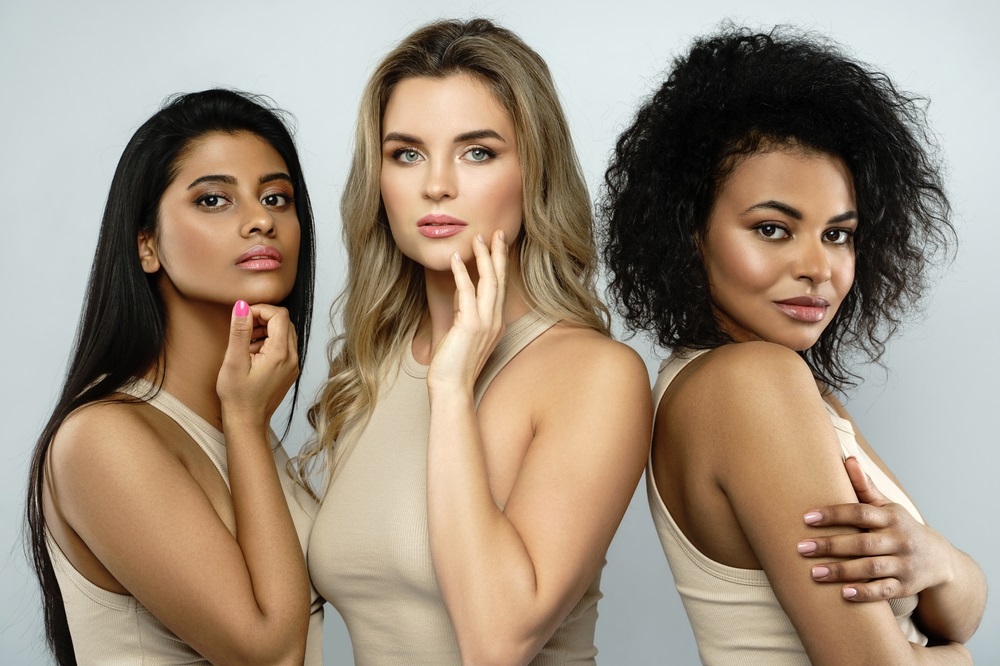
It is common practice to employ a commercial model to pose for print or television ads. In order to assist promote goods and services, commercial models may also be invited to participate in promotional events like trade fairs and conferences, where they network with possible clients and business associates.
Commercial models must have excellent communication skills because they must build rapport with potential customers while selling their image simultaneously (i.e., “You’ll want this car because it looks cool”). In addition, commercial models must take direction well from photographers, who will direct them on how best to present themselves in front of camera lenses during photo shoots; this can involve everything from posing differently depending on what’s being photographed (e.g., headshots vs. full length), how much makeup should be worn/how hair should be styled etcetera.
Fitness Modeling
Fitness modeling is a kind of modeling where the model’s physical attributes are highlighted. Fitness models are frequently employed to promote products that help people lose weight or get in shape since they typically have toned bodies and are in excellent physical condition.
Often, these models will be photographed while doing activities like lifting weights or running on treadmills (or both!). They may also be shown wearing clothes made by companies that sell workout gear, like yoga pants or sports bras.
Some examples of people who’ve done fitness modeling include:
- Olivia Culpo (Miss USA 2012)
- Nina Agdal (Sports Illustrated Swimsuit Issue 2013)
Glamour Modeling
Women who are nude or semi-naked are the subject of glamour modeling. Glamour models are frequently young, slender, and gorgeous, and they are frequently photographed for magazines and websites.
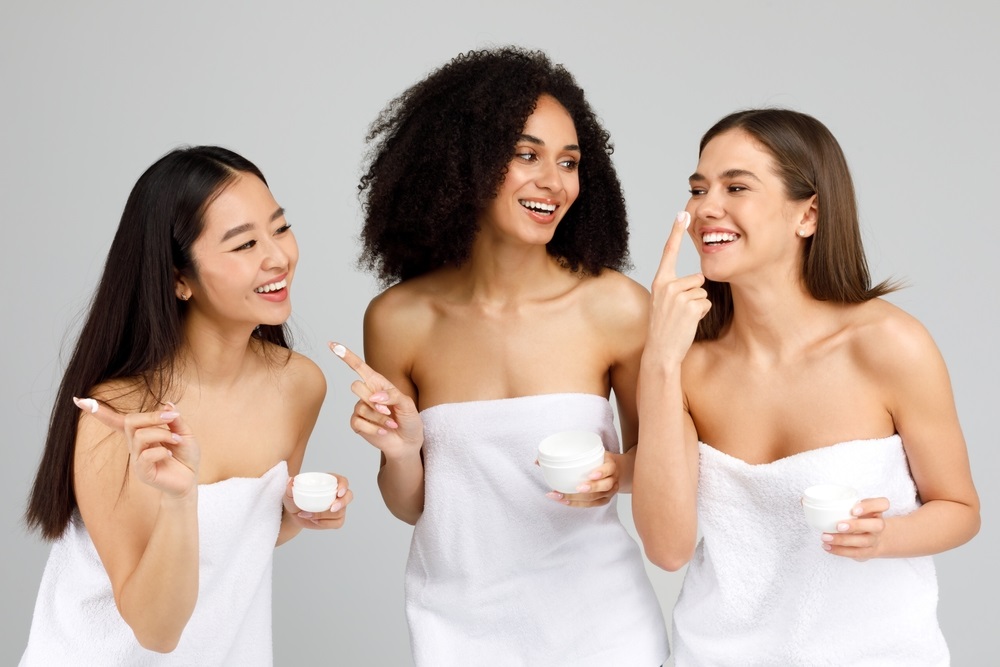
The term “glamour” refers to how the model looks–she looks glamorous because she’s wearing fancy clothes or has perfect makeup and hair.
Glamour models don’t always have to be nude (sometimes they wear lingerie), but they often pose in revealing outfits like bikinis or lingerie sets that show off their bodies in ways other kinds of clothing don’t allow for. Although some people may consider glamour modeling sexually suggestive, it isn’t necessarily intended as sexual entertainment; most glamour shots are tasteful images taken by professional photographers with high standards when it comes to nudity versus eroticism in photography compositions.
Runway modeling
Runway modeling is the most common type and involves walking down a catwalk during fashion shows.
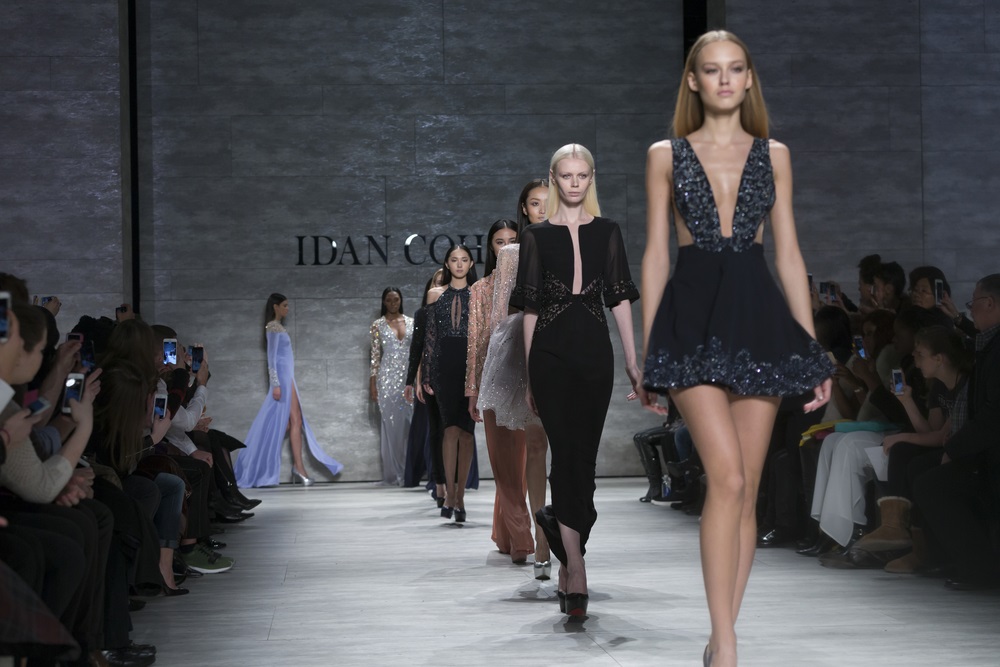
Runway models are usually tall and thin and have long legs. They must be professional dancers to walk with grace on their high heels while showing off the latest fashions. Runway models tend to be young women because they are more flexible than older women, who might find it difficult to bend over without breaking their backs to show off clothing at an angle that makes it look good from all sides.
Editorial Modeling
Editorial modeling is a type of modeling where the model is used in editorial fashion photography.

Editorial models are often found in magazines and advertisements but can appear on billboards or online ads. They may also be used for product campaigns, or campaigns meant to promote a certain idea or lifestyle. Editorial models tend to be more famous than other types of models because they’re seen by so many people (or at least they have the potential to become famous if their career takes off).
Because editorial models are so well-known, it’s common for companies to use them as brand ambassadors who represent their products or services in advertisements rather than pay someone else who doesn’t already have name recognition like Kim Kardashian does when she promotes Weight Watchers’ new line of frozen meals on Instagram!
Sports and Fitness Modeling
Sports and fitness modeling can be a model that requires you to be in shape. Models often have to be able to do sports such as running, swimming, and biking.
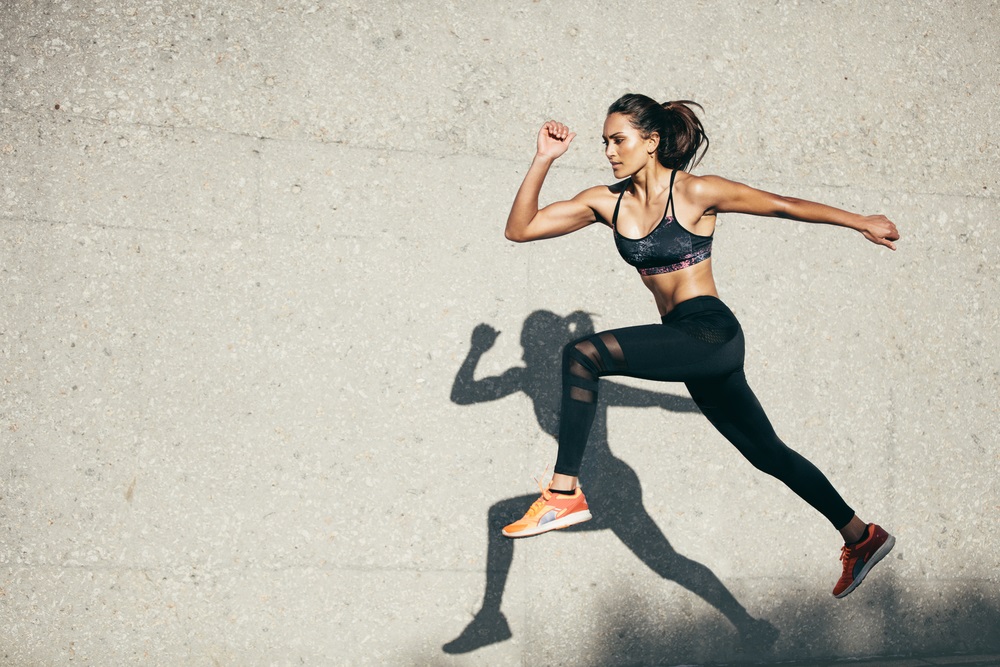
They may also be required to do yoga, dance, or other types of exercise.
As with other modeling jobs, the requirements for sports and fitness models vary depending on what type of job you’re applying for. For example, suppose you want to become an underwear model for men’s underwear companies like Calvin Klein or Armani Exchange (or even Victoria’s Secret). In that case, there will likely be specific criteria regarding height/weight ratio and appearance requirements, such as good teeth and clear skin tone.
Frequently Asked Questions
Here are some of your frequently asked questions:
Are There Age Limitations in Modeling?
While many models start their careers in their late teens or early twenties, there are opportunities for models of all ages. The modeling industry has a demand for various age groups, including children, adults, and seniors.
Do I Need to Live in a Big City to Pursue Modeling?
Living in a major fashion hub like New York, Paris, or Milan can offer more opportunities, but with the growth of online modeling and social media, aspiring models can find work from anywhere in the world.
What Should I Do to Maintain a Successful Modeling Career?
To maintain a successful modeling career, prioritize professionalism, maintain your physical appearance, network within the industry, and continuously update your portfolio with new and diverse work.
How Much Can I Expect to Earn as a Model?
Earnings in modeling can vary widely depending on the type of modeling, experience, and market demand. Established fashion models can earn substantial incomes, while commercial and fitness models may earn fees based on individual assignments.
Conclusion
Building a portfolio and making money are two excellent benefits of modeling. Plus, it can be a ton of fun! Check out our blog entry about if you’re interested in learning more about the many forms of modeling or if you’d like to become a model.
